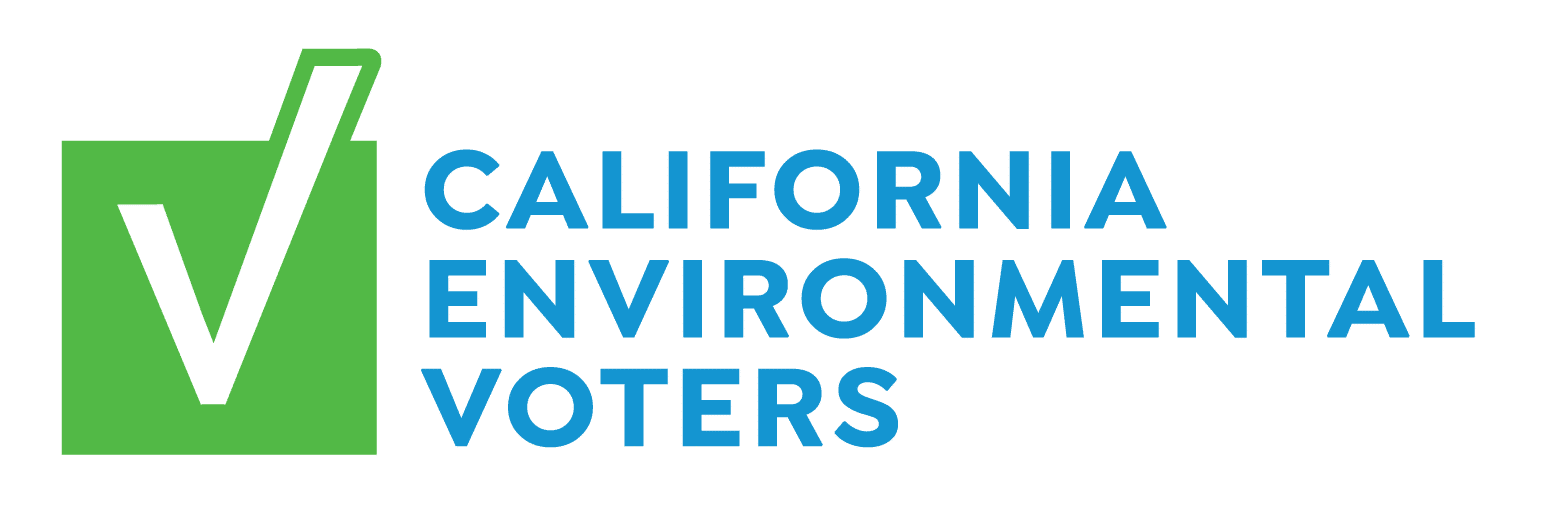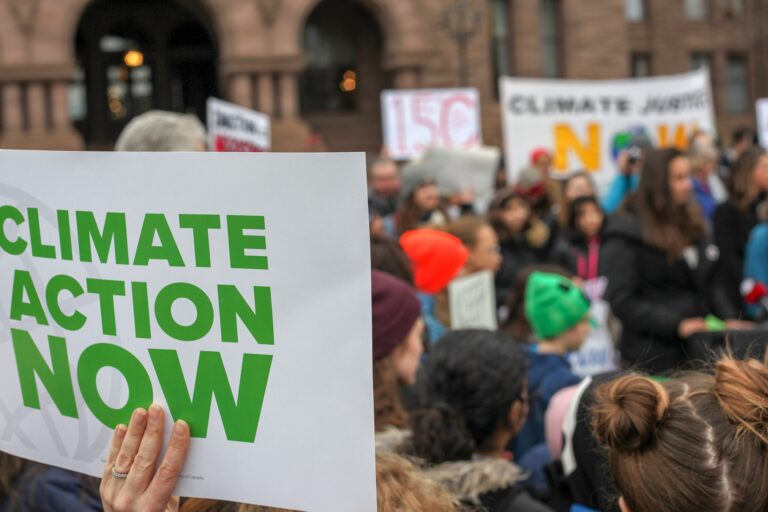In short, yes it is! But here’s the long story:
For over a century now, California’s exploitative practice of logging its oldest trees — in combination with historical fire suppression policies — has led the forests in California to become extremely vulnerable to intense wildfires. These dense forests lack proper tree diversity and are susceptible to out-of-control wildfires that burn faster and farther, destroying landscapes, ecosystems, and homes; displacing communities; and worsening local air quality. And these wildfires are only being made worse year after year by climate change and extreme heat.
A long-standing and underutilized method of keeping these wildfires under control is the tradition of controlled burning. Controlled burning has many benefits such as:
- Reducing built-up vegetation, which acts as fuel for uncontrollable wildfires
- Improving tree health and vegetation health, and creating more open and diverse forest ecosystems
- Protecting nearby communities from poor air quality, negative economic impacts, and emotional distress
- Reintroducing a meaningful cultural practice used by communities native to California, who stewarded the land and used fire as a tool for thousands of years to ensure a healthy forest and ecosystem
The use of beneficial fire is also crucial to ensure California achieves its 30×30 goals (conserving 30 percent of the state’s lands and coastal waters by 2030). The main objectives of 30×30 are to conserve and restore biodiversity, expand access to nature, and use nature-based solutions to mitigate and build resilience to climate change. Uncontrollable wildfires endanger diversity, limit access to nature, and worsen the effects of climate change and pollution. Achieving 30×30 goals is only possible if we adequately manage the health of forests and ecosystems; implementing beneficial fire practices will make these goals a reality.

Photo credit: steverts from Getty Images
Making Controlled Burns the Law of the Land
Even though controlled burns are considered the most ecologically appropriate and cost-effective mitigation tool available when dealing with fire-prone lands, proactive use of fire in California can be a huge administrative challenge.
SB 1101 introduced by State Senator Monique Limón will improve California’s wildfire prevention by expanding the use of controlled burns. This bill will map a network of potential fire boundaries in California suitable for beneficial fire that also considers tribal cultural resources and sensitive species. Additionally, the bill will streamline CalFIRE’s logistics and planning process for controlled burns, and enhance the process of reporting on post-fire conditions to improve the process over time.
Putting Communities First When Wildfires Occur
While Senator Limón’s bill will be great for preventing extreme wildfires, we need to plan for when they do still happen. To ensure community safety when wildfire, smoke, and extreme heat events occur, programs that address these emergencies must have adequate funding.
That is why EnviroVoters supports funding for Community Resilience Centers (CRC) and the Extreme Heat and Community Resilience Program (EHCRP) in the California Climate Bond of 2024. The CRC program funds new construction and upgrades of neighborhood-level resilience centers across the state that will support communities during climate and natural disasters, as well as build long-term resilience, preparedness, and recovery operations for local communities. Comprehensive retrofits are essential for creating resilience centers and ensuring their ability to provide shelter during emergencies, such as solar installation, energy and water efficiency appliances and upgrades, broadband infrastructure, and water and energy storage systems.

Photo credit: Athena from Pexels
Looking to the Future
By 2050 the daily average temperature across California is projected to rise by around 5 degrees. Across the state, this means longer summers, deadlier heat waves, and bigger wildfires. Places like the Central Valley, Inland Empire, and even Sacramento and parts of Greater Los Angeles will reach extended periods of 100+ degree heat that will disproportionately impact farmworkers, housing unstable individuals, children, elders, and service workers. Already fire-prone areas will be at an even higher risk of uncontrollable fires.
California’s communities need to come first. That means controlled burns to prevent the largest wildfires, clean air and extreme heat refuges for communities under duress, and increased community resiliency to climate events.
Share this blog!
Now you can find out with our 2024 California Environmental Scorecard! Use it to see how California’s leadership scored, how many legislators take dirty oil money, and much more.



